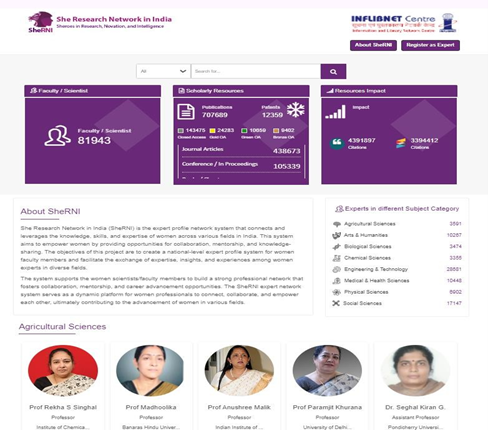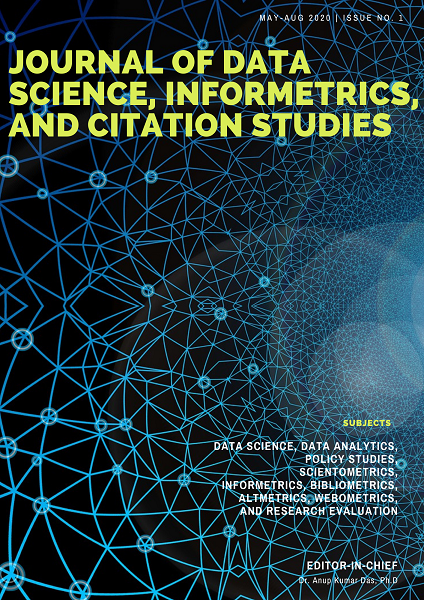She Research Network in India (SheRNI): A Review
DOI:
https://doi.org/10.5530/jcitation.3.2.13Keywords:
SheRNI, Vidwan, Women Empowerment, Collaboration, Gender equalityAbstract
SheRNI is a web-based Research Information Management (RIM) service that showcases the research contributions of learned Indian women. It is an Initiative of the Information and Library Network (INFLIBNET) Centre. The paper outlines a critical analysis of the leading role played by SheRNI in empowering the female fraternity within academics and research through collaboration, knowledge sharing and resource access to resources among women professionals in STEM and other broad fields of discipline. SheRNI would fill that void and become the most important platform for Research Information Management (RIM) in the country; SheRNI is a leading interdisciplinary database that connects women scientists, researchers and faculty with interdisciplinary collaboration and network opportunities, serving the global research community. The initiative aims to help deepen knowledge democracy by clustering open-access publishing and sharing women's research contributions. It points to the possible future course SheRNI empowers women professionals from India to excel in their domain and proactively contribute to making a positive difference in helping to create an inclusive research ecosystem.

Downloads
Published
How to Cite
Issue
Section
License
Copyright (c) 2024 Snehasish Paul, Rohit Singh, Jasbir Singh, Dheeraj Sharma

This work is licensed under a Creative Commons Attribution-NonCommercial-NoDerivatives 4.0 International License.



